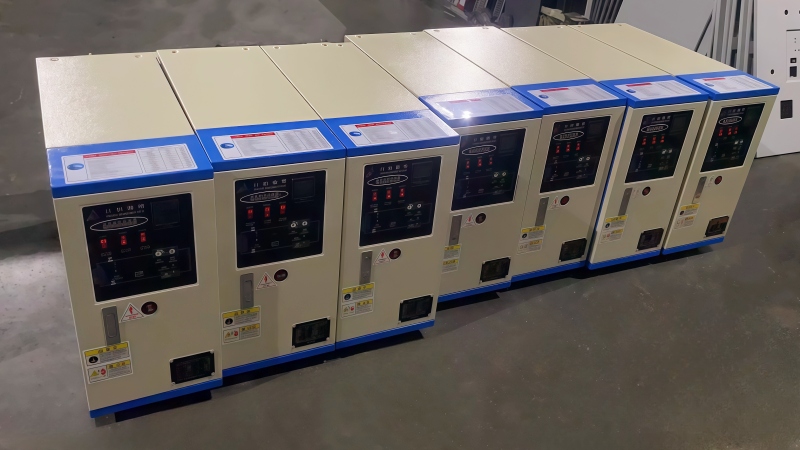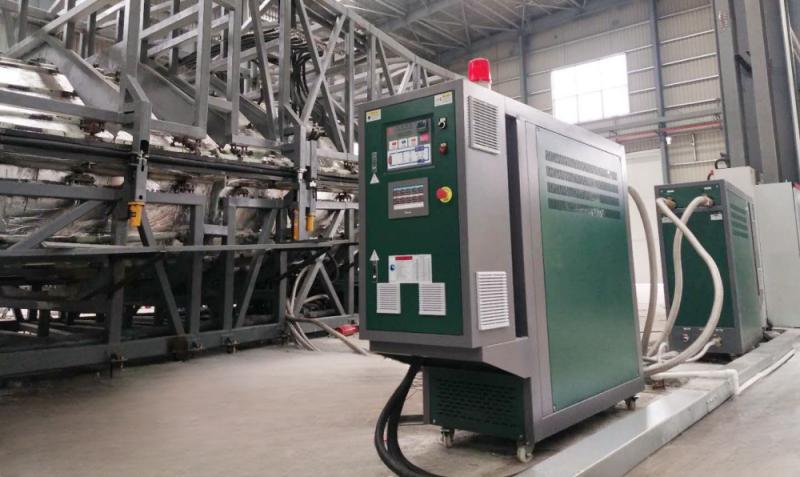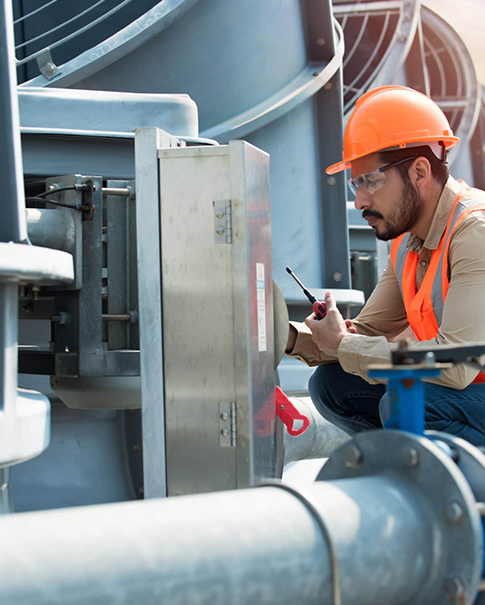During the installation of the mould temperature controller, great care must be taken to avoid any damage to the unit. Adequate space around the mould temperature controller should be allocated in a rational manner to ensure convenient access for its maintenance and servicing. The cooling water system ought to be meticulously designed and installed in strict accordance with the national standard piping system design and construction installation criteria, thereby maximizing the performance of the mold temperature controller.
1. Water Mold Temperature Controllers
- The heat transfer medium for the water mold temperature controller must be a pristine water source, free from sand, soil, or other contaminants. If groundwater is utilized, it should be softened.
- The circulating water should be replaced on a regular monthly basis. Water with impurities can readily clog the pipelines and inflict damage on the machine. Unsoftened water is prone to scale formation, which severely impairs the heating and heat transfer efficiencies and diminishes the service life of the heating tubes.

2. Oil Mold Temperature Controllers
- Prior to operation, it is essential to employ high quality, clean, and heat transfer oil of a unified brand. Brands such as Mobil, Esso, and Total are recommended.
- The use of inferior heat transfer oil can lead to heater fouling and burnout, pump impeller wear, and a reduction in flow rate, consequently shortening the normal service life of the equipment.
- The oil mold temperature controller machine should not be moved casually while it is in operation.
- If the mold temperature controller requires repair, the oil temperature must be lowered to below 80℃ (176℉) before any repair work can commence.
- The potential causes of motor overload include power phase loss, pipe blockage, and bearing damage. When the motor is overloaded, the motor overload relay will automatically trip and halt the machine to safeguard the motor. The alarm can be cleared by pressing the "Reset (green button)" switch on the overload relay.
- Before shutting down the pump, it is necessary to wait until the oil temperature has dropped below 80℃ (176℉) ; otherwise, its service life will be adversely affected.
- To achieve a stable control temperature, the cooling water pressure should be maintained within the range of 1 - 3 kg/cm².

In conclusion, correct installation, proper heat transfer medium management, and strict adherence to operational guidelines are vital for the performance and durability of water and oil temperature controllers. Following these instructions and precautions ensures reliable operation, reduces malfunctions, and boosts productivity. Regular maintenance and performance monitoring enhance efficient and sustainable use, protecting the investment in Hengde mold temperature controllers.
Choose Hengde, Choose Perfect Mold Temperature Controller!


